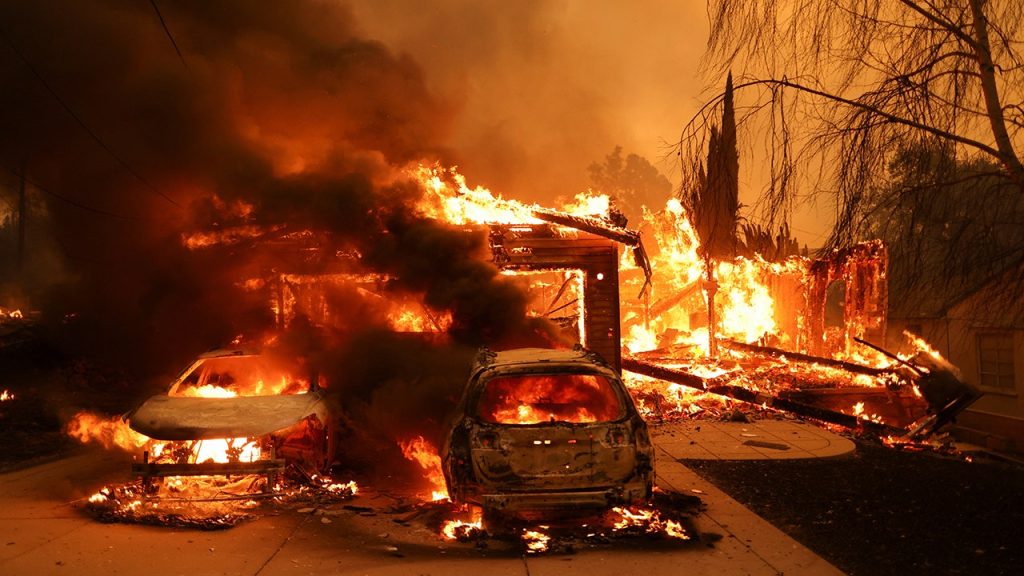The Palisades Fire and the Eaton Fire, two major wildfires that ravaged the Los Angeles area, have officially reached 100% containment, marking a significant milestone in the battle against these devastating infernos. The Palisades Fire, which scorched 23,448 acres on the west side of Los Angeles, and the Eaton Fire, which consumed 14,201 acres beginning on January 7th, collectively represent a significant portion of the nearly 40,000 acres burned across the region. These two fires, along with several smaller blazes, have etched themselves into history as the worst natural disaster in Los Angeles County, leaving behind a trail of destruction that includes 28 fatalities and damage to over 16,000 structures. The scale of the devastation is further underscored by the estimated $250 billion in damages and economic losses, a figure provided by private forecaster AccuWeather, reflecting the immense impact these fires have had on the region.
The fires forced a massive evacuation, displacing approximately 180,000 people at the peak of the crisis. The declaration of 100% containment, while offering a sense of closure, is largely symbolic at this stage. Fire officials emphasize that isolated flames may still persist in the steep, inaccessible terrain of the mountainous regions. Therefore, the earlier announcement of “forward progress stopped” holds more practical significance, indicating that the fires are no longer actively spreading and posing an immediate threat of expansion. This milestone was achieved approximately one week after the fires initially swept through the area, highlighting the rapid and aggressive firefighting efforts that helped contain the blazes.
While recent rainfall has undoubtedly aided firefighters in achieving containment, it has also introduced a new set of challenges. The rain, while extinguishing flames, has also increased the risks of flash floods and mudslides in the fire-scarred hillsides, hindering access for first responders and posing further threats to the already vulnerable landscape. Moreover, the rain has the potential to spread toxic materials left behind in the fire’s aftermath, creating environmental concerns and health hazards for the affected communities. The timing of the rain, arriving after the fires had already caused substantial damage, has rendered it more of a hindrance than a help, according to fire officials.
The complexity of managing the aftermath of these fires is further highlighted by incidents like the drone collision that occurred during firefighting operations. A California man pleaded guilty after his drone interfered with aircraft battling the Palisades Fire, underscoring the need for public awareness and cooperation during emergency situations. Such incidents not only disrupt critical operations but also endanger the lives of firefighters and other personnel working to contain the fires.
The economic impact of these devastating wildfires extends beyond the immediate damages to property and infrastructure. The fires have disrupted businesses, displaced workers, and affected tourism, contributing to the substantial economic losses estimated by AccuWeather. The long-term recovery process will require significant investment in rebuilding infrastructure, supporting affected businesses, and addressing the environmental consequences of the fires.
The Palisades and Eaton Fires serve as stark reminders of the growing threat of wildfires in California and the increasing challenges faced by firefighters in combating these increasingly destructive blazes. The combination of dry conditions, high winds, and difficult terrain creates a perfect storm for rapid fire spread, making early detection, swift response, and community preparedness crucial in minimizing the devastation caused by these events. The fires also underscore the importance of responsible drone operation and the need for public cooperation in adhering to evacuation orders and other emergency measures. As climate change continues to exacerbate fire conditions, developing and implementing effective strategies for wildfire prevention and mitigation will become increasingly critical in protecting lives, property, and the environment.


